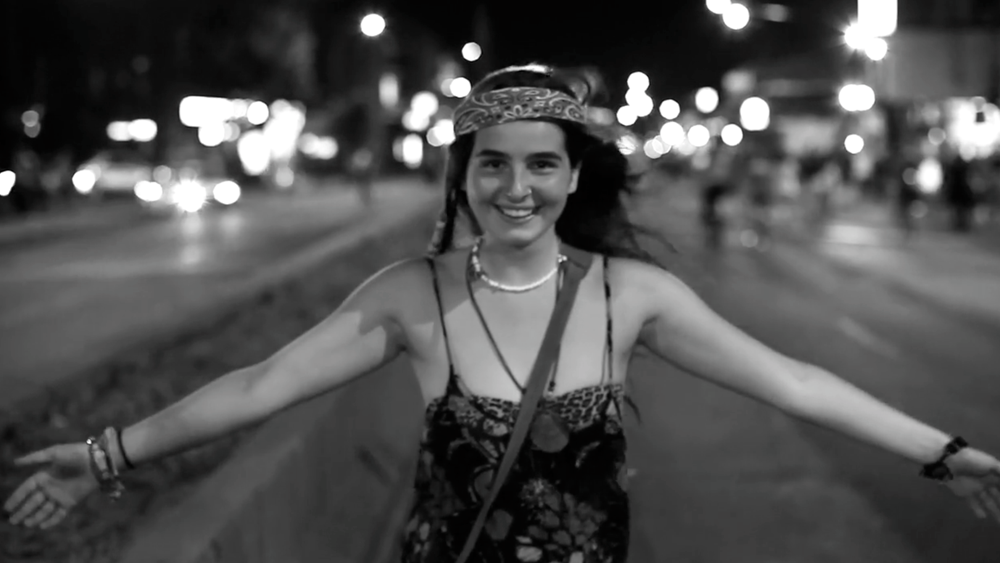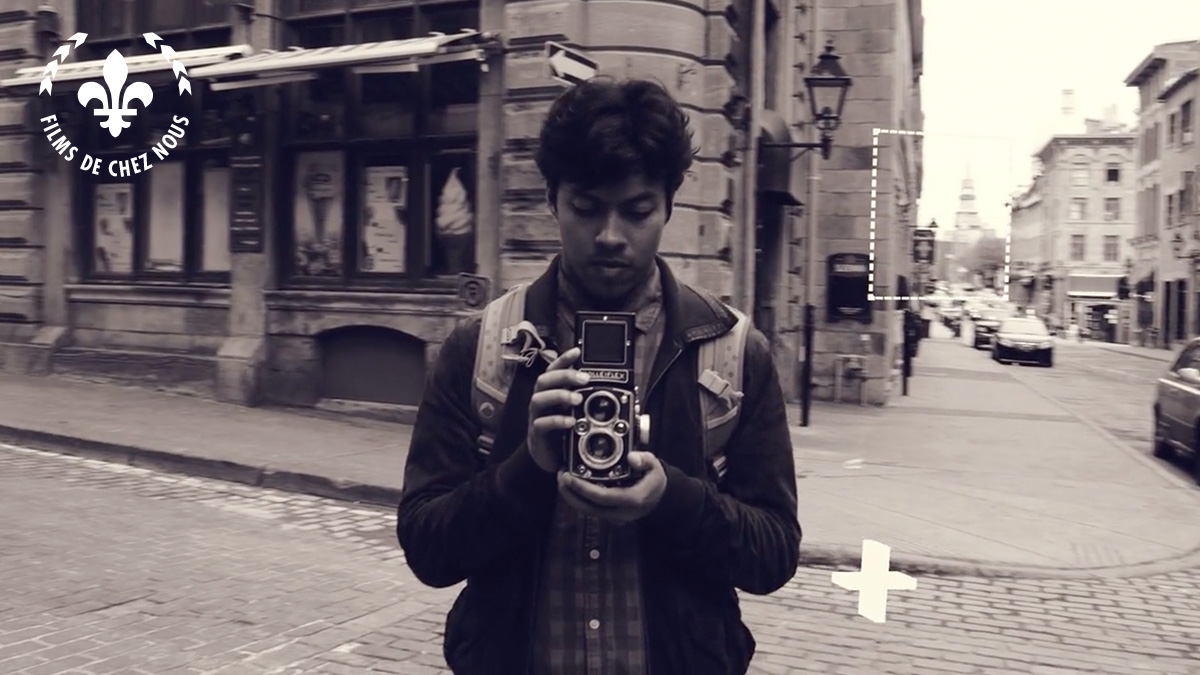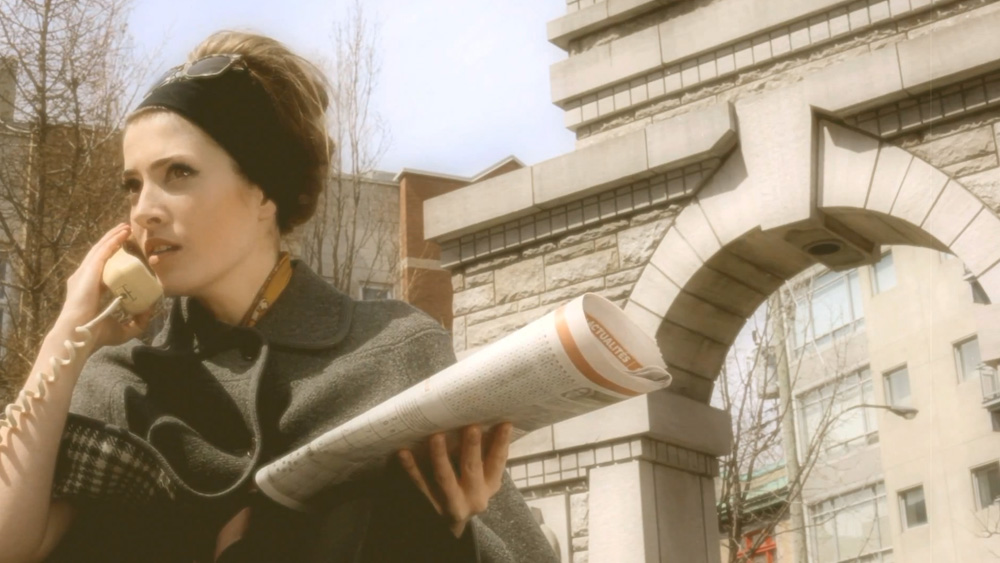Pacer looked at the world in a way no film had before it. The geometry of the city and its construction, the artistry of Montreal’s landscape seen the hyper-prism of a camera racing through time on different dimension. Compressed imagery and physical motion combine in a never-been-seen-before kind of way.
Pacer can lay claim to being the first hyperlapse film, or at the very least, to being the precursor to it’s development. It was shot on a Bolex 16mm camera in Montreal, Quebec in 1995. Shooting single frames, all the ‘effects’ are done in camera. The film’s original negative was destroyed in it’s one and only printing in 1995. That print was screened once and telecined for posterity, and the print was never projected again.
The film would’ve fallen into obscurity, except for the low rez video version that was included in a VHS video magazine called Channel Zero in 1996. Other visual artists like TopherZ of the Dandelion Collective who saw that Channel Zero and began to pick up the technique, and with Guy Roland’s subsequent film, Spacer, in 2004 (later known as Kino Citius), the technique of hyperlapse took shape.
The only print of the film was carefully transferred to 2K digital in 2014 and painstakingly remastered in early 2015, resulting in the version you see here.




